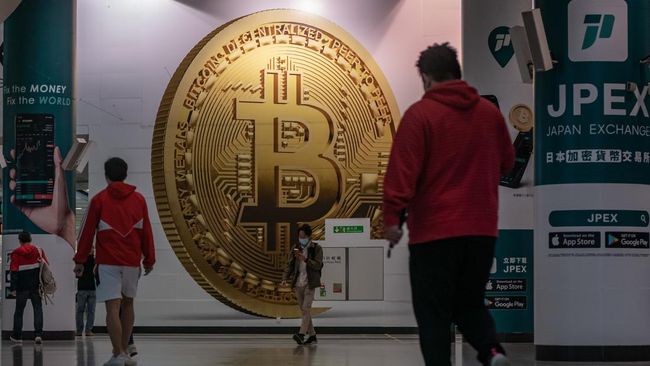The increase in interest rates in Mexico, the United States and worldwide is due to inflationary pressures associated with the geopolitical conflict in Europe, imbalances between supply and demand and the resurgence of new waves of Covid-19 in China and other countries.
The markets anticipate that the Bank of Mexico will raise the interest rate to 7% in the face of inflation rarely seen in recent years.
The US Federal Reserve announces the biggest interest rate hike in almost 30 years.
Federal Reserve chief Jerome Powell is under pressure as inflation accelerates.
As part of its monetary policy strategy to stop the rise in inflation, the US central bank raised the benchmark lending rate by 0.75 percentage points, to a range between 1.5% and 1.75%.
The interest rate hike comes after inflation unexpectedly rose last month in the United States.
Federal Reserve forecasts indicate that interest rates will reach 3.4% by the end of the year in the United States, a movement that affects Americans in aspects such as higher borrowing costs for credit cards or mortgages.
Globally, many national central banks are following the US moves, marking an economic shift for the global economy as businesses and households have enjoyed low-cost loans to boost the economy in recent years.
Most central banks in advanced economies and some central banks in emerging markets are tightening monetary policy in a synchronized manner. That is a global environment that we have not become accustomed to in recent decades, and that will have ramifications for the business sector and for consumers around the world during 2022 and 2023.
Inflation remains elevated, reflecting pandemic-related supply and demand imbalances, higher energy prices, and general price pressures like food and even rents.
During April, inflation in Mexico stood at an annual rate of 7.68%, rising for the third consecutive month and reaching its highest level since January 2001, while at a monthly rate inflation was 0.54%, its highest level for a same month since April 2002 in Mexico. This is particularly relevant, since during April inflationary pressures tend to decrease due to the reduction in electricity rates in the first fortnight of the month.
Inflationary pressures were concentrated in the core component, which includes less volatile prices and determines the path of inflation in the medium and long term. If these pressures continue until June 2022, the inflation expectation would be revised towards 8% in Mexico. The rise in interest rates is already being reflected in more expensive new credit, mainly in financing offered to companies, payroll and consumer loans, and will affect economic growth in 2022. From what we see in the markets, inflation will persist until 2023.
–

